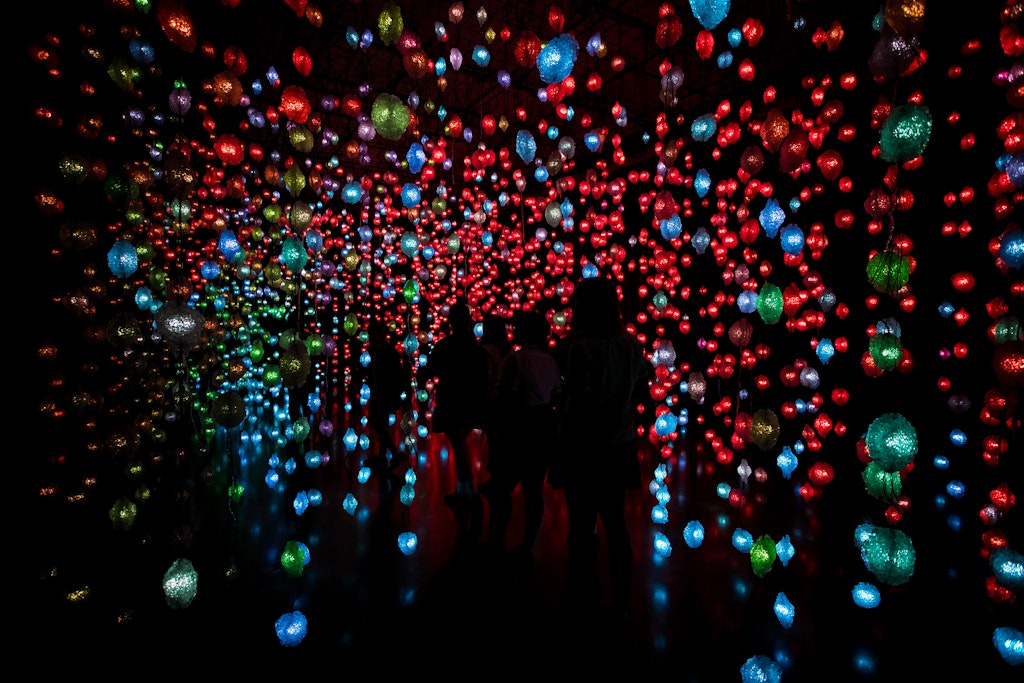Patronage reimagined
Read & follow on Substack
Art has changed, so has its funding. Before there was patronage, and artists created the artworks for the whims of their patrons. Today, public funds flow through ministerial projects or artist collectives, creating influential movements through collaboration.
However healthy and independent this might seem, it births a lack of governance. Museums fund artists and showcase their work, primarily benefiting that small group of high-profile artists. Walk through any European city, and you’ll find classical art museums noisy as a bazaar while contemporary ones having a hard time filling their ample, sterile space. Yes, this is also a numbers game: classical museums simply house more. But accessibility plays its part too, as thematic clarity and reduced abstraction actually attract audiences.
The disconnect between the artistic development and public fancy arguably stems from a mode collapse: allow a sufficiently small system (in this case high-profile art) to self-improve, and you risk creating a misaligned device, outputting incomprehensible artifacts. The evolution towards pop art and meta art 1 is a result of such collapse under capitalist pressure.
This is not an argument to stop public funding, or to supervise art. Neither should we banish contemporary art from museums. However, artists need better access to the psyche of today’s public, and public museums, if they are to host their art, should expect such understanding.
-
Not art for art, but art for other artists ↩